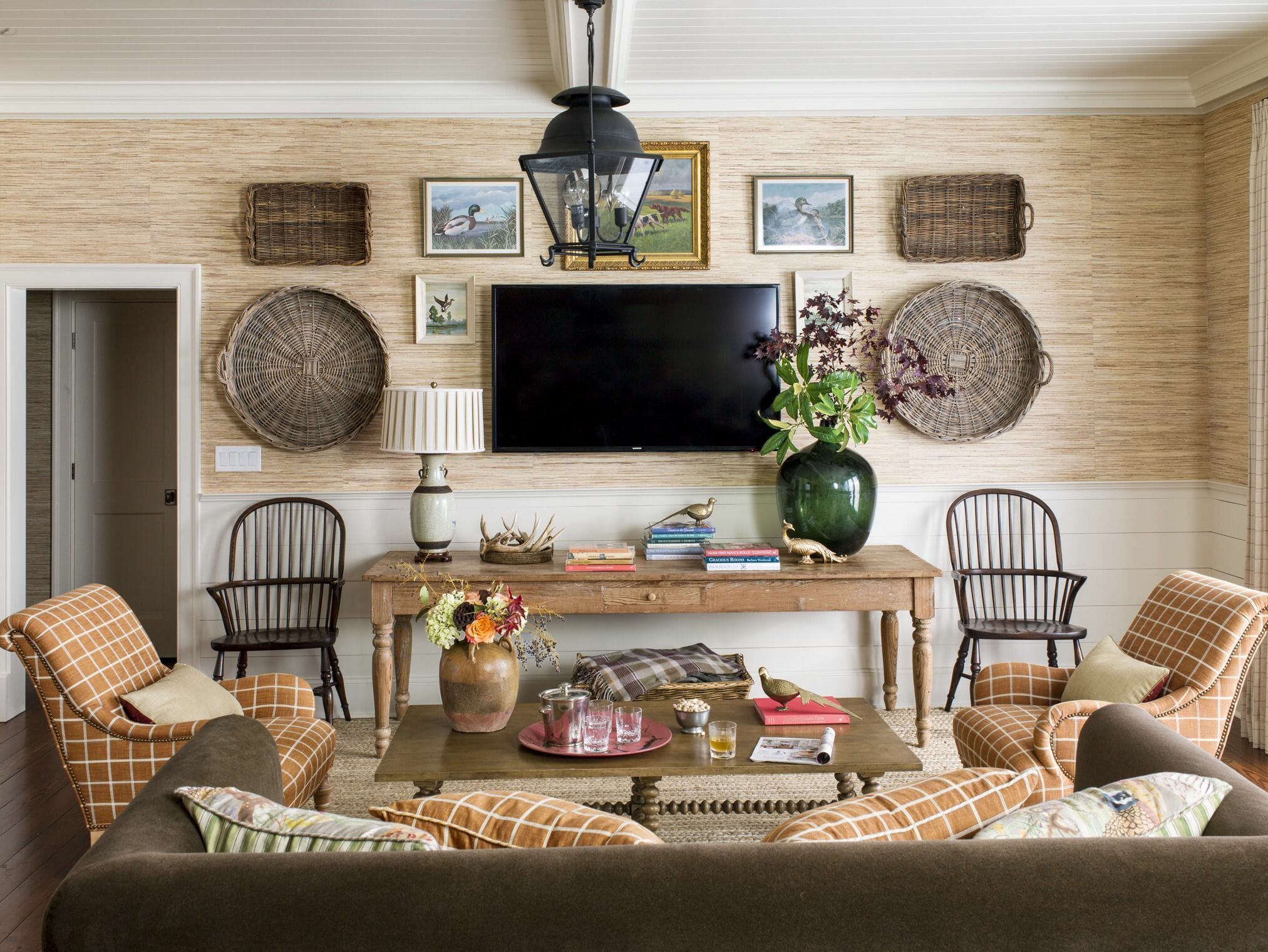One of the main disadvantages of having carpet in a dining room is the risk of stains. With food and beverages being consumed in this space, it's inevitable that spills and accidents will occur. And unlike other flooring options such as hardwood or tile, carpets are more susceptible to permanent stains. Even with regular cleaning and maintenance, it can be difficult to completely remove stubborn stains from carpet fibers. When choosing a carpet for your dining room, it's important to consider the type of material and its stain-resistant properties. Opting for a darker color or a carpet with stain-resistant technology can help alleviate this issue, but it's still important to be cautious and promptly clean up any spills. Carpet Stains
Carpet also requires more maintenance compared to other flooring options. Regular vacuuming and spot cleaning are necessary to keep it looking clean and fresh. Dining rooms are high traffic areas, so carpets in this space may need to be cleaned more frequently. This can be a time-consuming and tedious task, especially if you have a large dining room. Furthermore, carpets can also trap dust, dirt, and other particles, making it more difficult to keep clean. This can be a concern for those with allergies or respiratory issues, as the dust and allergens can easily become airborne when the carpet is disturbed. Carpet Maintenance
Another downside of having carpet in a dining room is the potential for odors. With food and drink spills, as well as general foot traffic, carpets can easily become a breeding ground for bacteria and mold. This can lead to unpleasant odors that can be difficult to get rid of. Using carpet deodorizers and regularly cleaning your carpet can help combat this issue, but it may not completely eliminate the odors. Additionally, some carpet materials may be more prone to retaining odors, so it's important to consider this when choosing a carpet for your dining room. Carpet Odors
As mentioned earlier, carpets can trap dust, dirt, and other allergens, making it a concern for those with allergies or respiratory issues. This can be especially problematic in a dining room, where food particles and crumbs can easily get embedded in the carpet fibers. These allergens can then become airborne when the carpet is disturbed, potentially causing discomfort and irritation for those with allergies. Regular vacuuming and steam cleaning can help reduce the amount of allergens in your carpet, but it may not completely eliminate them. If allergies are a concern for you or your family, it may be better to opt for another flooring option in your dining room. Carpet Allergens
Compared to other flooring options, carpets may not be as durable. Heavy furniture, such as dining tables and chairs, can leave indentations in the carpet over time. This can be especially noticeable in high traffic areas, and it can be difficult to restore the carpet to its original state. Additionally, carpets can wear out and become worn and frayed over time, especially in a dining room where spills and stains are more likely to occur. This can lead to the need for frequent carpet replacement, which can be costly and time-consuming. Carpet Durability
While regular vacuuming and spot cleaning are important for maintaining the appearance of your carpet, deeper cleaning methods may be necessary from time to time. This can include steam cleaning, which can be a hassle and may require professional services. Not only can this be time-consuming, but it can also be expensive. Having to regularly hire professionals to clean your carpet can add up over time, making carpet a less cost-effective option in the long run. Carpet Cleaning
As mentioned earlier, carpets in dining rooms may need to be replaced more frequently due to wear and tear, stains, and odors. This can be a major downside for homeowners, as it can be expensive and disruptive to replace carpeting. In addition, finding a carpet that matches your existing decor and style can be a challenge, especially if the carpet has been discontinued or is no longer available. This can lead to having to replace the carpet in your entire dining room, which can be a major inconvenience and expense. Carpet Replacement
Compared to other flooring options, carpets can be quite costly. Depending on the material, quality, and size of your dining room, the cost of carpeting can add up quickly. While there are more affordable options available, these may not be as durable or stain-resistant, leading to the need for more frequent replacement. It's important to consider the long-term cost of carpeting when making a decision for your dining room flooring. Carpet Cost
While carpets can add warmth and comfort to a dining room, they may not always fit with the overall style and design of the space. In recent years, hardwood, tile, and other hard flooring options have become more popular in dining rooms, as they offer a sleek and modern look. If you're someone who likes to change up your dining room decor frequently, carpet may not be the most versatile option. It can be difficult to find a carpet that matches every style and color scheme, and it may not always be easy to update or replace the carpet to fit your changing tastes. Carpet Style
Lastly, the installation process for carpet can be quite a hassle. It typically requires professional installation, which can be time-consuming and costly. Additionally, during the installation process, your dining room may be out of commission for a few days, making it difficult to use the space for meals or gatherings. Furthermore, if you have existing furniture in your dining room, you may need to move it out during the installation process, which can be a lot of work. Hard flooring options, on the other hand, can often be installed more quickly and with less disruption to your daily routine. Carpet Installation
The Disadvantages of Carpet in a Dining Room

Maintenance and Cleaning
 One of the main drawbacks of having
carpet in a dining room
is the maintenance and cleaning that it requires. Dining rooms are high-traffic areas, especially during meal times, and this can lead to spills and stains on the carpet. Even with regular vacuuming, food particles and crumbs can get stuck in the fibers, attracting pests and bacteria. This can not only damage the carpet but also pose health risks for those who dine in the room. The
high-maintenance
nature of carpets in dining rooms also means that frequent deep cleaning or professional cleaning services may be needed, which can be costly and time-consuming.
One of the main drawbacks of having
carpet in a dining room
is the maintenance and cleaning that it requires. Dining rooms are high-traffic areas, especially during meal times, and this can lead to spills and stains on the carpet. Even with regular vacuuming, food particles and crumbs can get stuck in the fibers, attracting pests and bacteria. This can not only damage the carpet but also pose health risks for those who dine in the room. The
high-maintenance
nature of carpets in dining rooms also means that frequent deep cleaning or professional cleaning services may be needed, which can be costly and time-consuming.
Durability and Longevity
 Another disadvantage of having carpet in a dining room is its
lack of durability and longevity
. Dining rooms are often used for more than just dining, such as for entertaining guests or working on projects, and this can lead to wear and tear on the carpet. Constant movement of furniture and chairs can cause the carpet to become flattened and worn down, making it look old and dingy. Additionally, spills and stains can damage the carpet fibers, leading to discoloration and permanent damage. This can result in the need for frequent replacement of the carpet, which can be expensive.
Another disadvantage of having carpet in a dining room is its
lack of durability and longevity
. Dining rooms are often used for more than just dining, such as for entertaining guests or working on projects, and this can lead to wear and tear on the carpet. Constant movement of furniture and chairs can cause the carpet to become flattened and worn down, making it look old and dingy. Additionally, spills and stains can damage the carpet fibers, leading to discoloration and permanent damage. This can result in the need for frequent replacement of the carpet, which can be expensive.
Allergies and Asthma
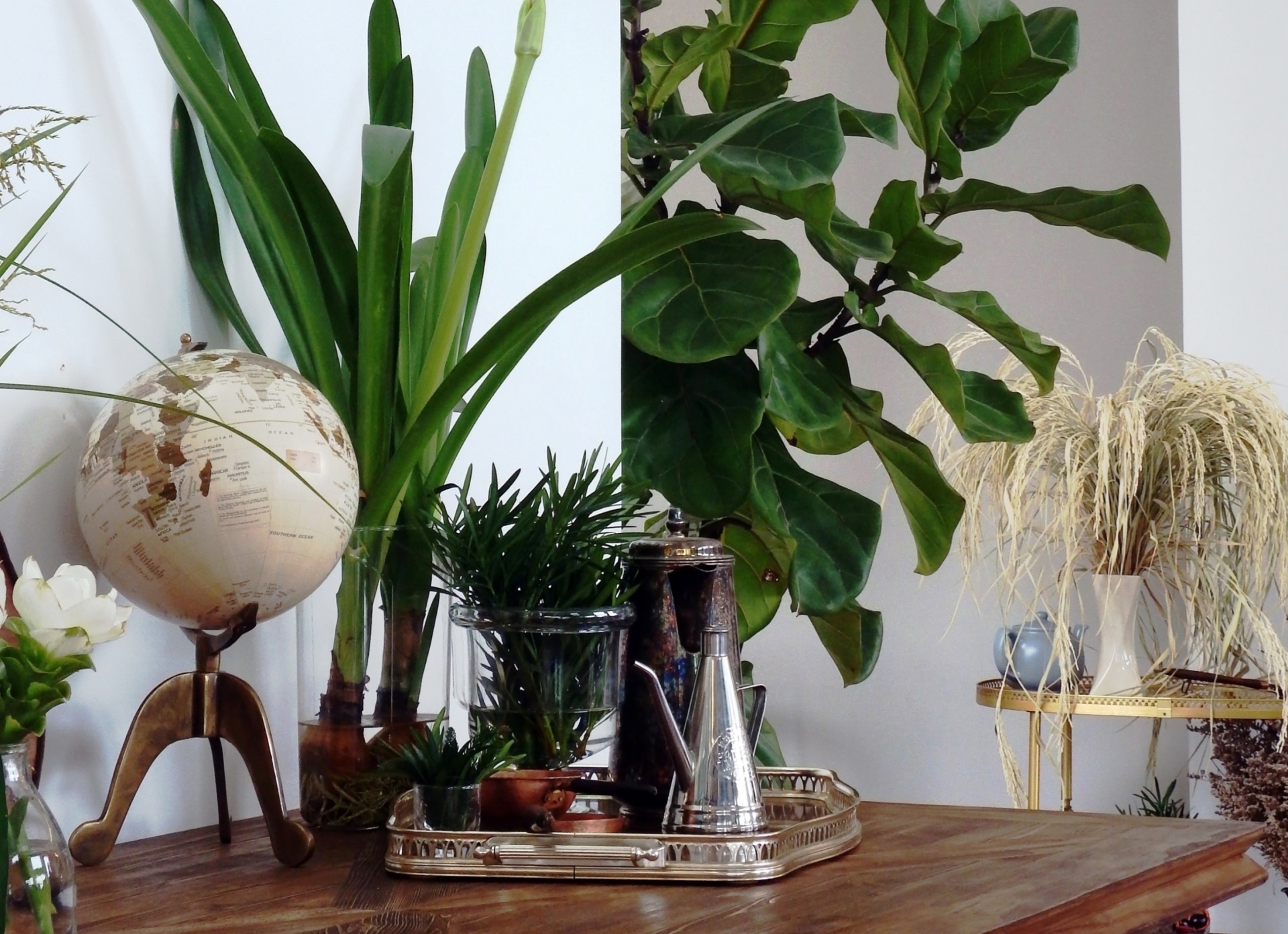 Carpet in a dining room can also be a concern for those with allergies or asthma.
Dust, pollen, and other allergens
can easily get trapped in the carpet fibers, causing irritation and respiratory issues for those who are sensitive to them. This can be especially problematic during meal times when people are sitting close to the carpet and breathing in these particles. Even with regular vacuuming, it can be difficult to completely remove all allergens from the carpet, making it a less-than-ideal choice for those with allergies or asthma.
Carpet in a dining room can also be a concern for those with allergies or asthma.
Dust, pollen, and other allergens
can easily get trapped in the carpet fibers, causing irritation and respiratory issues for those who are sensitive to them. This can be especially problematic during meal times when people are sitting close to the carpet and breathing in these particles. Even with regular vacuuming, it can be difficult to completely remove all allergens from the carpet, making it a less-than-ideal choice for those with allergies or asthma.
Unsuitable for Spills and Stains
 Lastly, the dining room is a place where spills and stains are more likely to occur. Whether it's from spilled food or drinks, or children's messy activities, carpets are not the most suitable flooring option for these situations.
Carpet fibers can easily absorb liquids
, making it difficult to completely remove stains, and if left untreated, can even lead to mold and mildew growth. This can not only damage the carpet but also create an unpleasant and unhygienic dining environment.
In conclusion, while carpets can add warmth and coziness to a dining room, there are several disadvantages that should be considered before choosing this flooring option. The maintenance and cleaning, lack of durability, potential health risks, and unsuitability for spills and stains make it a less practical choice for this high-traffic and often messy area of the house. Homeowners should carefully weigh the pros and cons before deciding on carpet for their dining room.
Lastly, the dining room is a place where spills and stains are more likely to occur. Whether it's from spilled food or drinks, or children's messy activities, carpets are not the most suitable flooring option for these situations.
Carpet fibers can easily absorb liquids
, making it difficult to completely remove stains, and if left untreated, can even lead to mold and mildew growth. This can not only damage the carpet but also create an unpleasant and unhygienic dining environment.
In conclusion, while carpets can add warmth and coziness to a dining room, there are several disadvantages that should be considered before choosing this flooring option. The maintenance and cleaning, lack of durability, potential health risks, and unsuitability for spills and stains make it a less practical choice for this high-traffic and often messy area of the house. Homeowners should carefully weigh the pros and cons before deciding on carpet for their dining room.
























































/cdn.vox-cdn.com/uploads/chorus_image/image/65890400/CARPET_iStock_1169785962.7.jpg)

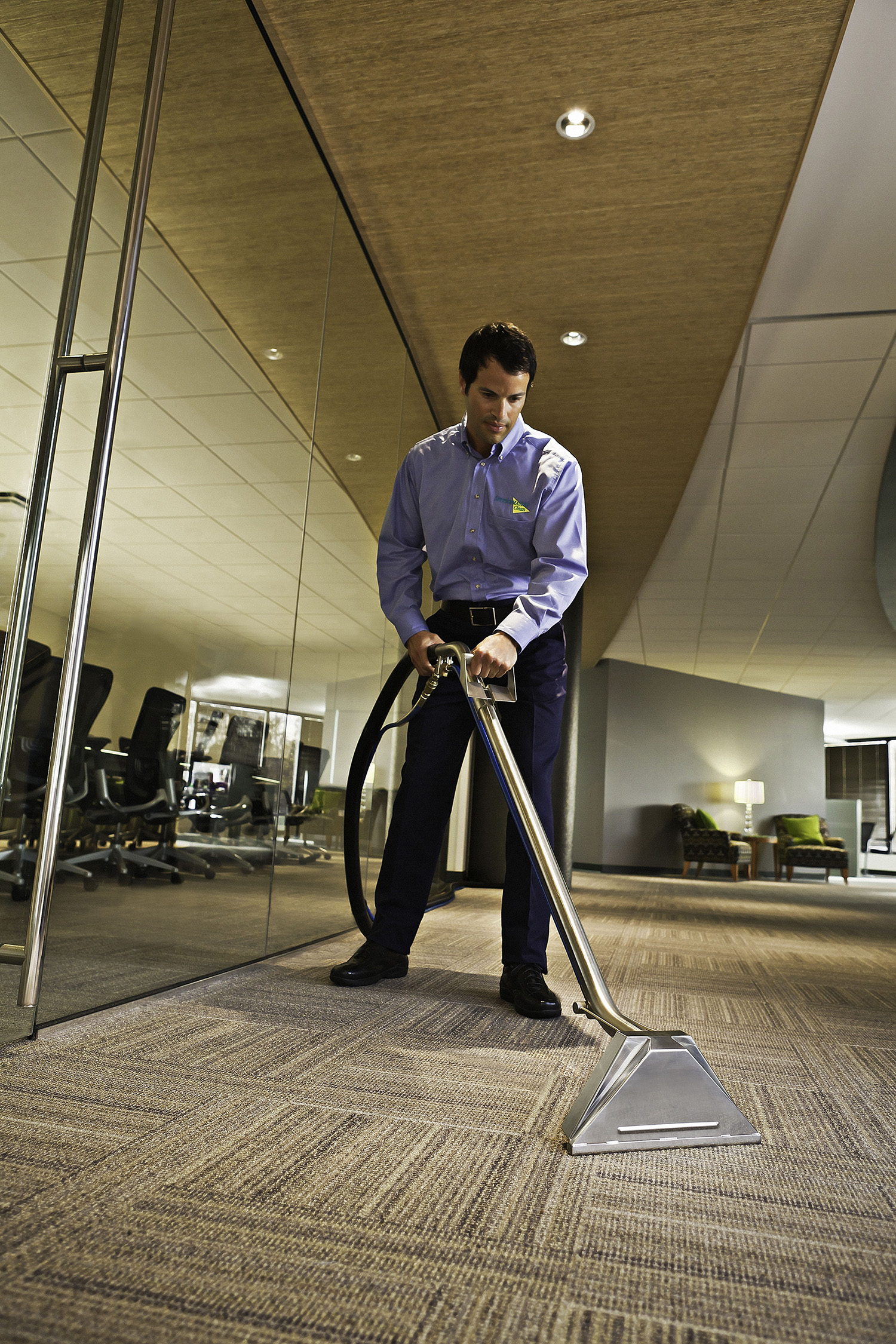

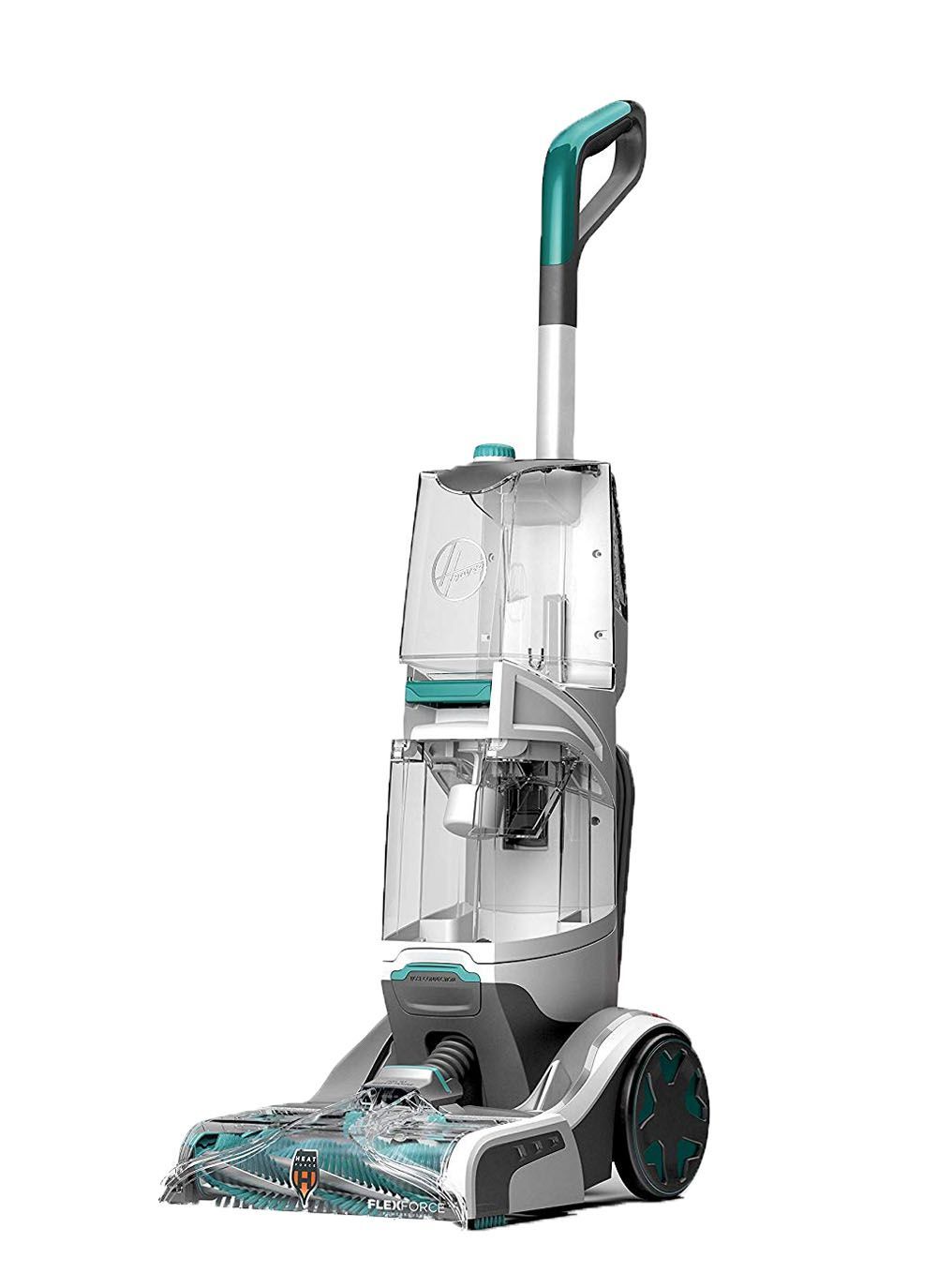


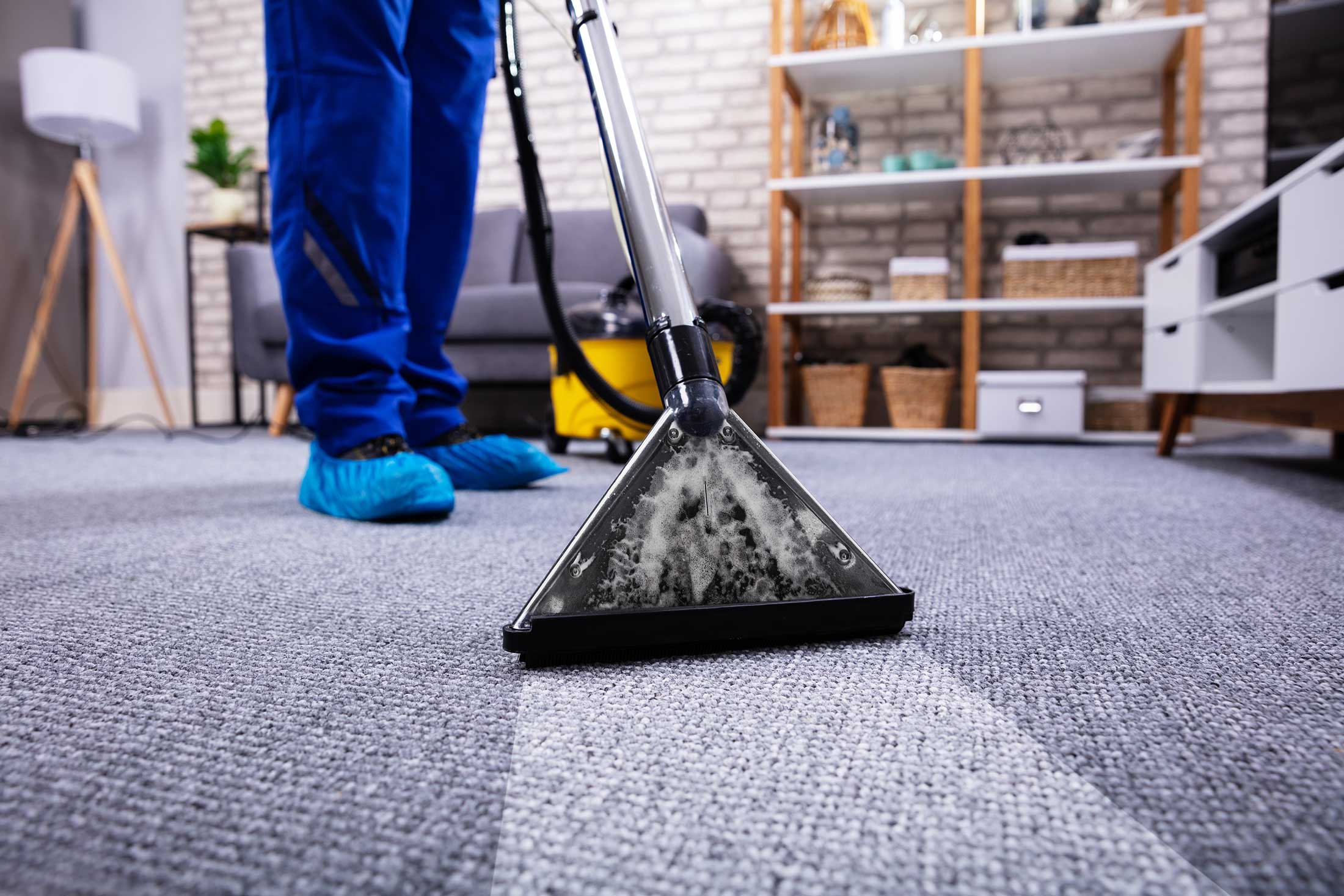










/GettyImages-171276862-588be4eb5f9b5874eecbd657.jpg)


/171270824-56a49f3f3df78cf772834e8a.jpg)



/171249739-56a49f1c5f9b58b7d0d7e0d9.jpg)
















:max_bytes(150000):strip_icc()/flatweave-stair-runner-london-bowloom-off-the-loom-carpet-DSC_0464-5aaabfb643a1030036dc39cf.jpg)









/171249739-56a49f1c5f9b58b7d0d7e0d9.jpg)










